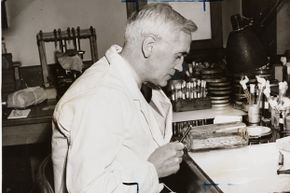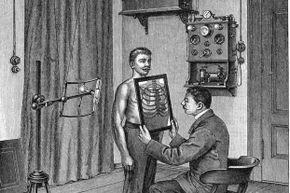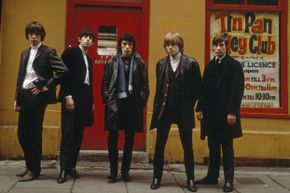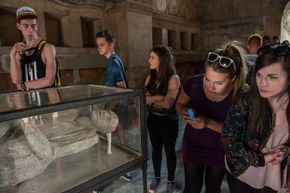For centuries, rust was the greatest enemy of everything made out of steel, from massive ships to humble household cutlery. By all rights, Harry Brearley should have been a hero when he accidentally discovered stainless steel in 1913. Instead, his short-sighted employer dismissed his invention as a colossal waste of time.
Born into poverty, Brearley began apprenticing at the steelworks of Thomas Firth & Sons in Sheffield, England when he was 12. By his early 30s, he was an expert in industrial chemistry and a lead researcher in his employer's laboratory [source: Portland Works]. In 1912, his assignment was to develop a steel alloy — a custom blend of iron and other metals — that could withstand the superheated friction inside a rifle barrel. (The friction caused the gun barrel to get too big for the bullet.)The enemy here was erosion, not corrosion, but sometimes you find exactly what you aren't looking for.
As he experimented, Brearley noticed that one of his discarded alloys was still shiny and bright, while the rest had rusted. Searching his notes, he found the precise formula for stainless or "rustless" steel – 12 percent chromium formed a protective layer on steel when exposed to oxygen [source: Cyran and Gaylord].
Brearley begged his bosses to manufacture cutlery using the miraculous new alloy, but they nixed the idea as unprofitable [source: Portland Works]. A German firm beat Brearley to the patent, but he was eventually recognized as the original — if accidental — inventor of the most important metal of the 20th century.










